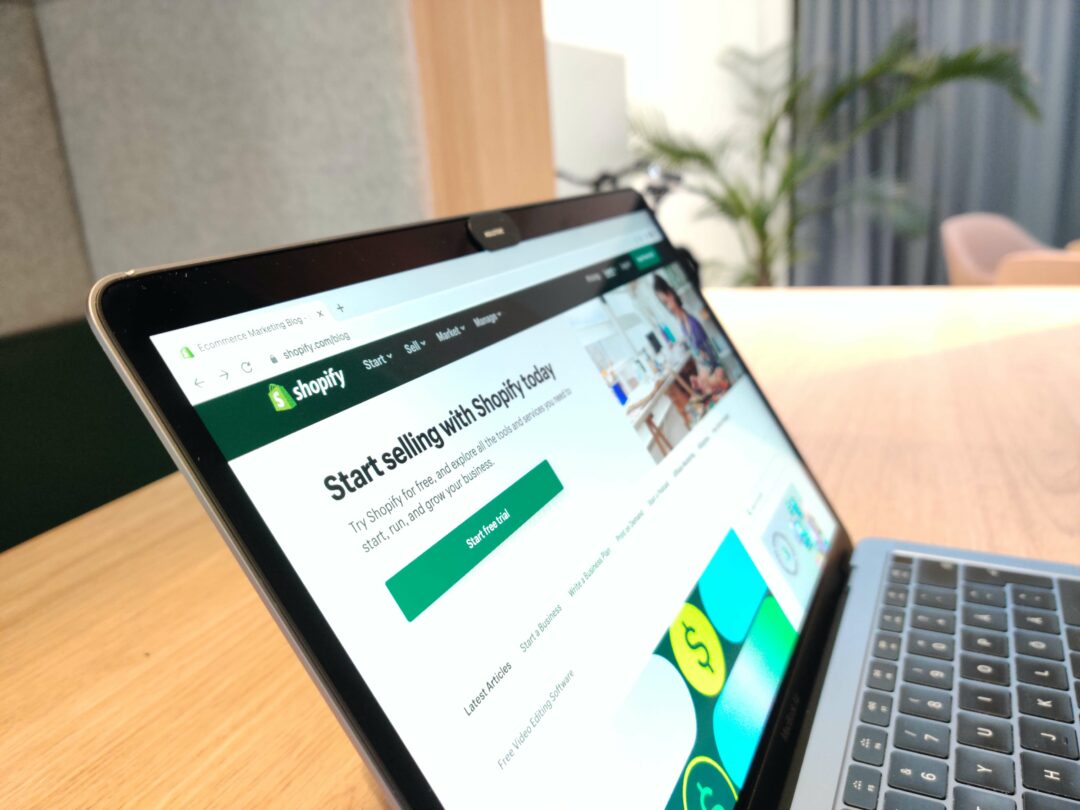Cloud-based businesses are not going anywhere – more and more organisations are designing systems that allow for hybrid working. Today it is increasingly important to understand SaaS and PaaS, how they work together and how to choose between them if needs be. Ready to get clued up on the differences? Well then keep reading…
What is the difference between SaaS and PaaS?
Okay, let’s get a little technical – platform as a service, or PaaS is the provision of hardware and software to business owners and developers via an online connection. The key ingredients to this are data centres, server access and firewalls (also known as IaaS, or infrastructure as a service), plus operating tools, including management and insight-gathering software. These types of services are often used by app developers who go on to provide SaaS products.

Software as a service, or SaaS is a digital application aimed at business or personal users who require help with a specific task. This could be as simple as your email management app on your phone, or something more complex, like a full customer management system (CRM), like Hubspot*.
Read more: What does SaaS stand for? Your guide
Let’s break it down in an example…
How Slack uses PaaS in its SaaS business model
Let’s say, as we do, you want to manage internal communications and team updates through the Slack app. Slack is a great example of a SaaS product, it allows us to create channels for specific projects, keeping our team focused, creative and productive. It widely integrates with many other SaaS apps, gives us a way to quickly communicate with each other through calls and text and generally allows us to access and work on important documents all in one place, managing our business seamlessly.
Slack was built in 2009 using Ubuntu servers (owned by British IaaS business Canonical) that provided almost everything the Slack team needed to keep their startup growing among the stiff competition, with minimal hardware investment. Built using PHP software language, Slack also make use of MySQL, which is a software (PaaS) for database management. Later in 2020, Slack migrated its IaaS provision to AWS (Amazon Web Services) to further scale its industry-leading SaaS business. This partnership also comes with access to Amazon’s own PaaS offering, helping Slack create more powerful integrations for its users.
Read more: What does PaaS stand for? Your guide
Slack understood that it could not continue as a siloed business model. The average business uses a staggering 110 SaaS integrations to run its enterprise. Slack has formed many partnerships with SaaS integration partners over the years, but in order to stand out from the competition, it needed to introduce more of its own. The only way to scale above the competition was to partner with a company like AWS to create innovative offerings no one else has. The company has since been acquired by SalesForce, so their reach and opportunity for growth now will be huge!

How do you choose between SaaS or PaaS as a business owner?
If you’re a business owner looking to get into the world of SaaS and beyond, there are two things to consider, firstly the service you wish to offer and secondly what products and services you need in order to bring your vision to life.
If you’re planning to provide a software product as a monthly subscription to your users, such as an online marketplace, or an online booking service, then you are a SaaS business in search of a PaaS supplier to help you with hosting and securing your app.
Then of course, if you have the infrastructure and wish to lease this out, then you are a PaaS business in search of SaaS clientele.
Of course, businesses aren’t that simple and you may need a mix of SaaS and PaaS offerings in order to execute your idea.
What to consider in SaaS
Whilst SaaS applications are easy to source through third parties, they can be limiting in regards to the software they integrate with and their customisation. Considering a SaaS product with differing subscription levels may provide you with options to add in customisations as and when you need them, or can afford them.
Due to the individual needs of businesses, it is more than likely that a combination of SaaS products might be required to assist you in running your business. Taking the time to understand your needs, shopping around and testing a few will help you understand the app integrations that suit you and your budget.
It is also worth considering how you would be able to switch app integrations quickly and seamlessly from one provider to another if the need arises. This could save you time and energy when the switch happens.
And don’t forget, there is also data responsibility that you need to familiarise yourself with, especially if you are using an app to help you run a business. These policies will affect how you can manage your employee and clients’ data as well as business security concerns.
What to consider in PaaS providers
If you run a SaaS business then you’ll likely be familiar with PaaS, however, if you are a business owner with a team who wishes to create their own internal cloud-based apps, then you will need to find a reliable, cost-effective PaaS provider.
For those who are less familiar with this space, here’s a run down of what to consider in PaaS providers.
PaaS providers often encompass IaaS hardware, meaning you can use their service to create your app without having to worry about those big investments. Whilst this is convenient, you’ve got to be able to trust the support provision for server outages. This could affect your app’s customer satisfaction ratings or internal user workflow and reporting. Another consideration is their migration policy so that you understand if you switch providers, just how easy that might be and what downtime you may incur.
Similar to SaaS, you will also need to understand how your chosen PaaS will handle your data and how this affects your users’ security rights.
Improving your business with SaaS and PaaS
SaaS and PaaS products create great opportunities for businesses to start at scale quickly. They are cost-effective and tech-led, meaning you only need to worry about how to integrate each to develop and deliver your business vision. Understanding each of these is significant to determining when and where a supplier fits into your business and what your needs from them are.
We work closely with SaaS companies to help them bring their vision to life through conversion-led UX design. If you’re interested in improving your user experiences too, then get in touch using the Project Planner below👇
*We have affiliate links for products and services we love. By clicking on any of our affiliate links and purchasing, we receive a small commission at no extra cost to you.





